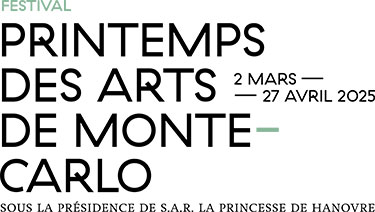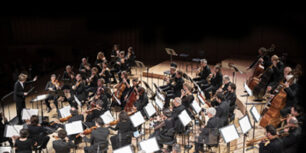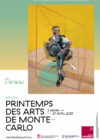Rarely has a symphony aroused so much curiosity, so many questions, so much speculation. Was Franz Schubert’s Symphony D. 759 really left “unfinished” by its composer, or did he change his mind along the way, feeling that a work in just two movements would be more coherent? In the first case, why didn’t Schubert go further? In the latter, is there a programme or scenario behind this singular diptych?
It is impossible to bring definite answers to these questions. All we know is that Schubert, who was known during his lifetime primarily as a pianist and composer of lieder, was in the early 1820s, by his own admission, trying to “find [his] way to the great symphony”. We know that he struggled, leaving many scores unfinished. We know that the date of 30 October 1822 appears on the manuscript of a Symphony in B minor that ends in suspense, after two extensive movements and nine bars of scherzo. But we know that Schubert was sufficiently proud of his work to dare send it to the Styrian Musical Society, who had just made him an honorary member. And finally, we know that nothing came of it; Symphony No. 8, D. 759 was not given its first public performance until 17 December 1865, long after the composer’s death.
If Schubert struggled so much with his own writing in the early 1820s, it was perhaps because he was fighting a particularly solitary battle, striving to mark a stylistic break with his earlier works. Composed in his early teens, in parallel with his nascent career as a schoolteacher, his first symphonies followed traditional eighteenth-century patterns. His Symphony No. 4, known as the “Tragic”, completed in the spring of 1816, is one of these. Only the first movement is truly “tragic”, especially the long, highly theatrical introduction with its tense harmonies, plaintive melodic lines and haunting repetitions. Schubert may have been inspired here by the depiction of chaos that opened Joseph Haydn’s Creation. The rest of the movement follows the main key of C minor, with an agitation and feverishness reminiscent of Ludwig van Beethoven’s Coriolan – except that instead of concluding in the depths of darkness, Schubert ends on a dazzling C major! The Andante that follows brings on very Mozartian lyricism, before a Menuetto that plays with the beats of the triple metre. The finale revives the restlessness of the first movement and veers once again towards the sunshine of the major mode. This play of major-minor chiaroscuro became one of the hallmarks of the Schubertian style.
Symphony D. 759 is a clear departure from this classical model with four contrasting movements and a slow introduction. The two surviving movements of this “Unfinished” symphony follow a comparable metric and tempo, with the initial Allegro in three sustained beats, and the “slow” movement in three fast beats. The result is a surprising sense of unity, all the more so as Schubert dispenses with a slow introduction on paper; in reality, the tenebrous phrase of the double basses in the opening bars hardly conveys an Allegro feeling…
What follows is no less original: the rustling of strings is not the conventional agitation of Symphony No. 4; it is the living backdrop to a poignant, long-drawn melody, which only ends because the orchestra swells and interrupts it. The half-tone waltz that serves as the second theme is no less moving, with its blend of tenderness and nostalgia. In the next movement, Schubert leaves the dark key of B minor to venture into E major, weaving a long Andante of light and shadow. Classical formal patterns have been integrated, reinvented and surpassed, giving rise in these two movements to a fresco as united as it is contrasted, as dramatically intense as it is steadfast in terms of the unstoppable passage of musical time.
This singular symphonic architecture has fascinated commentators, who have sometimes tried to find some extra-musical reason to it. It is a legitimate question: we do know of Schubert’s taste for the theatre, and his “Tragic” Symphony – the adjective is the composer’s — suggests that images, impressions and feelings may have been at the inception of his works. The overture to The Devil’s Pavilion shows that as early as in 1813-1814, when he was still composing under the eye of Antonio Salieri, Schubert paid particular attention to the dramatic progression of his orchestral work, in connection with a specific plot. While observing a clear ternary form, this early piece is already rich in variations, effects and contrasts.
It is quite possible that by returning to his taste for lyrical dramas Schubert found the key to renewing his symphonic language, and was able to conceive his “Unfinished” Symphony in 1822. We could therefore hear it as an opera without words, and freely imagine its settings, its twists and turns… and its ending.
Tristan Labouret





